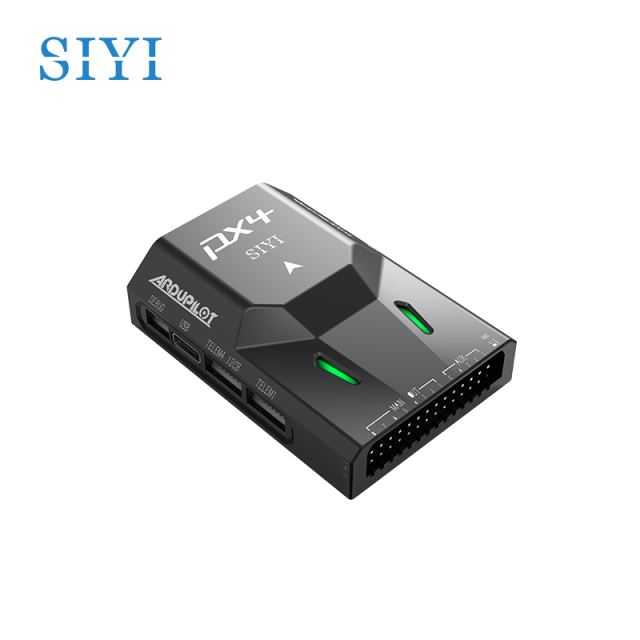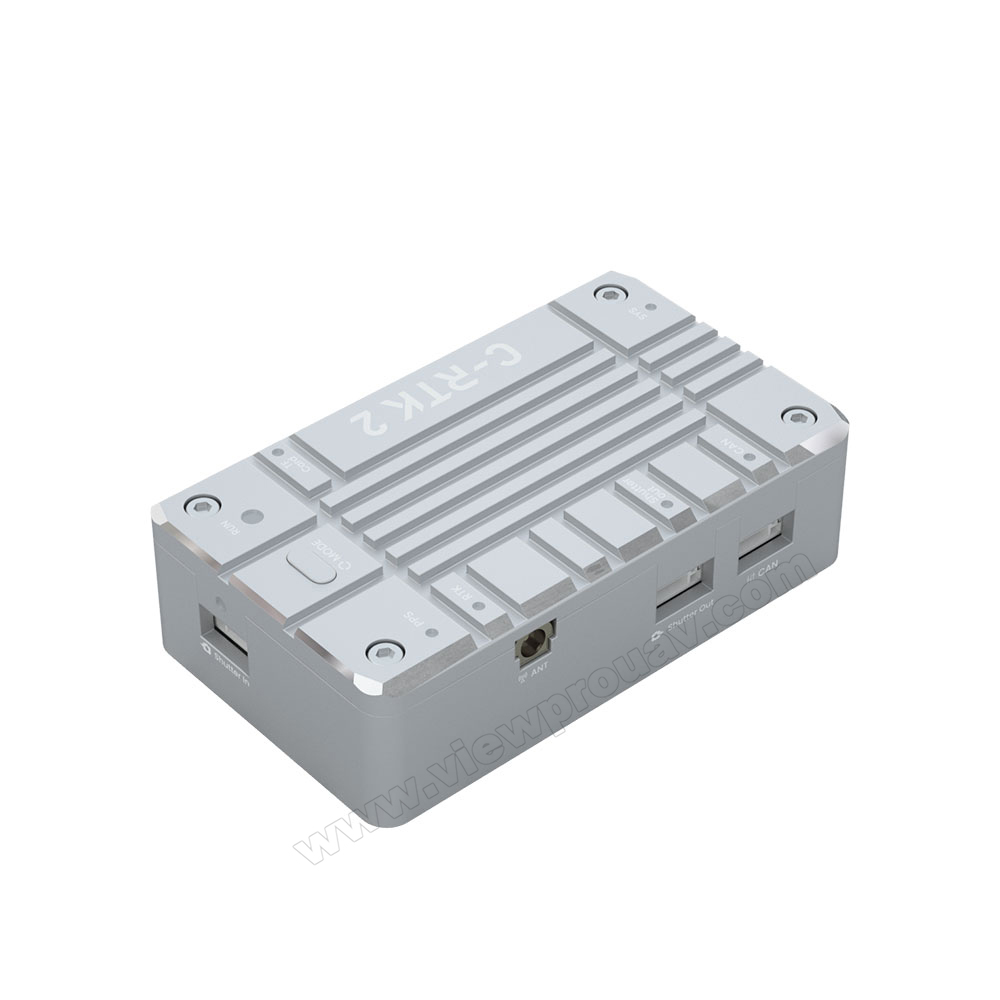SparkNavi Drone Flight Controller and GNSS/INS Made in Taiwan: Precision and Innovation
SparkNavi Drone Flight Controller and GNSS/INS Made in Taiwan: Precision and Innovation
Blog Article
The Value of Drone Trip Controllers in Modern Aerial Modern Technology: Key Components and Their Effect
In the realm of modern aerial modern technology, drone trip controllers act as the pivotal systems that orchestrate a drone's performance and capabilities. These innovative systems integrate essential elements such as microcontrollers and GPS modules, helping with security and accuracy in trip procedures. Their duty is specifically obvious in self-governing functions, where sophisticated algorithms improve navigation and barrier evasion. As sectors significantly depend on drones for applications ranging from agriculture to surveillance, the developing modern technology within trip controllers increases crucial questions concerning their future influence and possible improvements. What innovations exist ahead that could redefine our understanding of drone capabilities?

Introduction of Drone Flight Controllers
In the realm of aerial technology, drone flight controllers function as the crucial mind of unmanned aerial cars (UAVs), allowing accurate maneuverability and security during flight. These advanced systems incorporate sensing unit information, refining formulas, and control inputs, permitting drones to execute complex flight patterns with precision.
Drone flight controllers make use of various sensing units, such as gyroscopes, accelerometers, and GPS components, to evaluate the UAV's positioning and setting in real-time. This info is crucial for keeping equilibrium and guaranteeing risk-free operation in varied environmental problems. The controllers process this information to make instant adjustments to the drone's electric motors, permitting smooth changes and receptive handling.
Additionally, flight controllers are equipped with advanced software application that sustains attributes such as waypoint navigation, challenge evasion, and independent trip capabilities. This software application is critical for both leisure and industrial applications, where reliability and accuracy are paramount. As drone modern technology proceeds to advance, the evolution of trip controllers will certainly play a pivotal function in boosting UAV functionality, security, and flexibility, eventually increasing their applications throughout various markets.
Key Elements Explained
Recognizing the fundamental components of drone trip controllers is vital for comprehending how these systems run successfully. At the heart of a flight controller is the microcontroller, which works as the mind, processing data from various sensing units and performing commands. Vital sensing units consist of accelerometers and gyroscopes, which gauge the drone's alignment and movement, providing vital responses for stablizing.
An additional key element is the barometer, which assesses altitude by measuring air pressure, while GPS components provide positional information, enabling self-governing navigation - SparkNavi drone flight controller and GNSS/INS made in taiwan. The trip controller also interfaces with Digital Rate Controllers (ESCs), which manage the rate of the drone's motors based upon the controller's commands
Interaction modules, such as radio receivers, help with remote control input, enabling drivers to send commands in real-time. Additionally, some trip controllers integrate software that can handle complex algorithms for waypoint navigating, trip preparation, and telemetry data evaluation.
Role in Trip Security
Central to keeping flight stability, drone trip controllers use sophisticated algorithms to refine sensing unit data and make real-time changes. These controllers are outfitted with a selection of sensors, including measures, accelerometers, and gyroscopes, which constantly keep track of the drone's rate, orientation, and altitude. By translating this data, the flight controller can recognize inconsistencies from the desired flight course and respond quickly to keep security.
As an example, if a drone experiences an unanticipated gust of wind, the flight controller can promptly readjust the electric motor speeds to neutralize the disruption, making certain a consistent trip trajectory. This ability is essential not only for manual trip procedures yet also for executing complex maneuvers and preserving smooth trip in numerous environmental conditions.
.png)
Additionally, the sophisticated algorithms used in flight controllers, such as PID (Proportional-Integral-Derivative) control, enable fine-tuning of the drone's action to modifications in trip problems. By enhancing these control parameters, flight controllers can boost security, boost responsiveness, and reduce pilot workload. Eventually, the role of flight controllers in making sure flight security is important for the secure and effective operation of contemporary drones throughout varied applications.
Influence On Autonomous Operations

Self-governing operations are especially important in varied applications such as farming, shipment, and surveillance services. With boosted trip controllers, drones can autonomously browse predetermined paths, efficiently collect information, and adapt to vibrant settings. This capability reduces the requirement for consistent human oversight, thereby boosting functional efficiency and security.
In addition, the application of artificial intelligence strategies within flight controllers enables drones to boost their efficiency with time by learning from previous objectives. This adaptability paves the means for extra innovative self-governing applications, such as throng modern technology, where several drones coordinate their activities to achieve a common objective.
Future Trends in Flight Controllers
Developments in flight controller modern technology are poised to reinvent drone capacities in the coming years. One significant pattern is the assimilation of fabricated intelligence (AI) and maker discovering algorithms, allowing drones to Your Domain Name gain from their environments and make real-time decisions. This improvement will certainly enhance self-governing navigation, barrier evasion, and Get the facts goal planning, considerably improving operational efficiency and security.
Additionally, the advancement of advanced sensing unit modern technologies, such as LiDAR and multispectral imaging, will certainly offer flight controllers with richer information inputs. This will assist in more sophisticated logical abilities, permitting drones to conduct complex tasks, such as accuracy search, rescue and agriculture, and framework inspections with unprecedented precision.
An additional arising trend is the miniaturization of flight controller elements, which will cause lighter and a lot more compact drones. This advancement will certainly expand trip periods and haul capabilities, making drones a lot more versatile for numerous applications.
Verdict
In conclusion, drone trip controllers function as necessary parts in contemporary aerial innovation, guaranteeing stability and accuracy in maneuverability via the integration of microcontrollers, accelerometers, and GPS modules. SparkNavi drone flight controller and GNSS/INS made in taiwan. Their ability to enable self-governing procedures and adjust to various applications highlights their value across multiple industries. As improvements in expert system and sensing unit modern technology remain to arise, the capacity for improved abilities and enhanced operational performance in drone systems will likely improve the future of airborne applications
Central to preserving trip stability, drone trip controllers make use of sophisticated formulas to process sensing unit information and make real-time adjustments. By interpreting this information, the trip controller can identify inconsistencies from the desired flight course and react without delay to maintain security.
Additionally, the advanced algorithms used in trip controllers, such as PID (Proportional-Integral-Derivative) control, enable for fine-tuning of the drone's reaction to adjustments in trip problems. Ultimately, the role of trip controllers in internet ensuring trip stability is important for the reliable and risk-free procedure of modern-day drones throughout diverse applications.
The advancements in drone flight controllers not only enhance flight stability yet likewise substantially influence independent procedures. SparkNavi drone flight controller and GNSS/INS made in taiwan.
Report this page